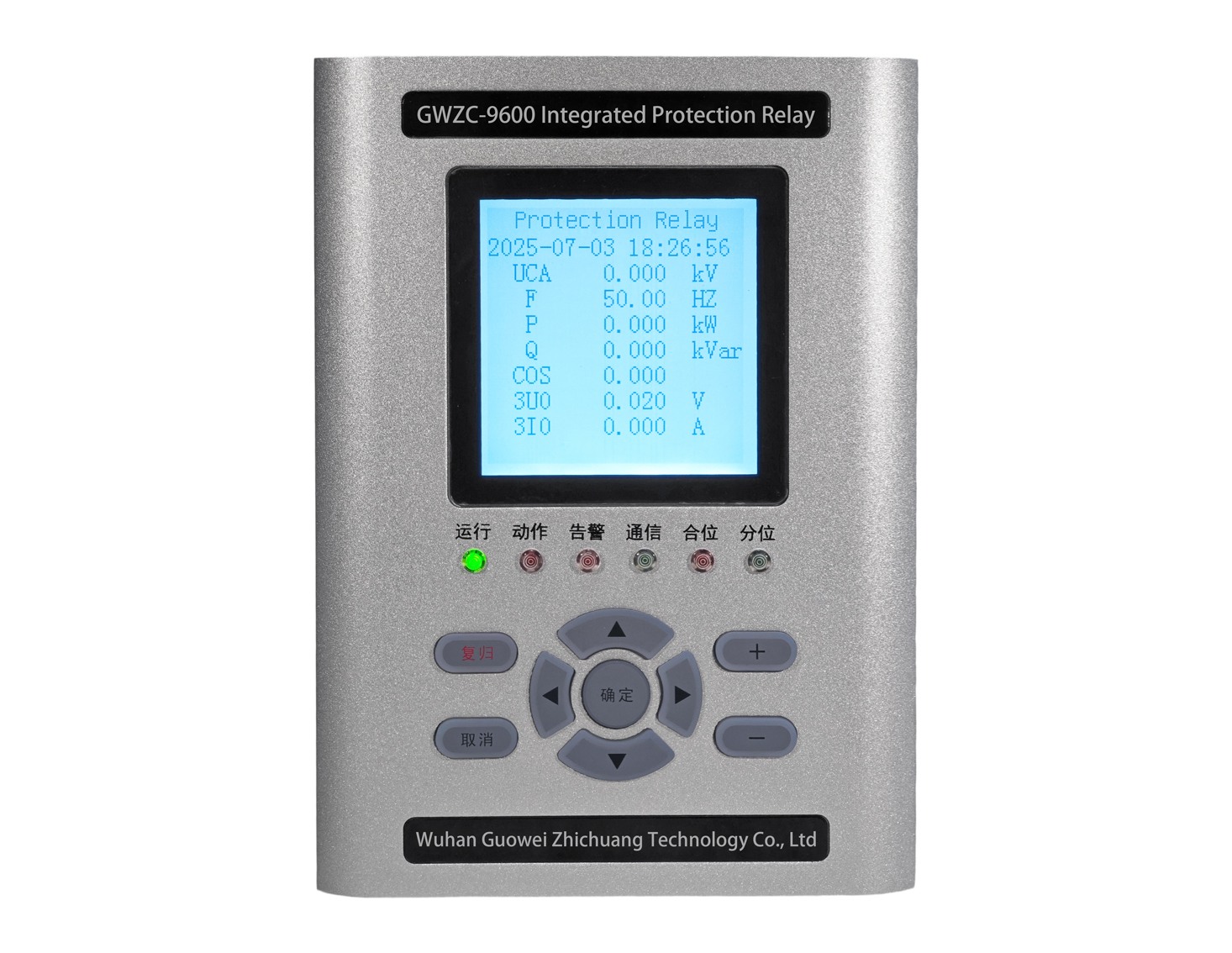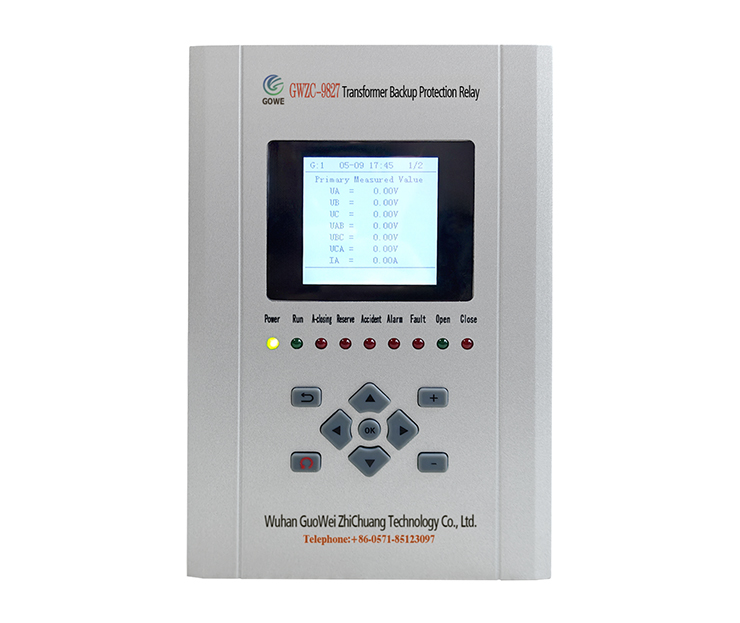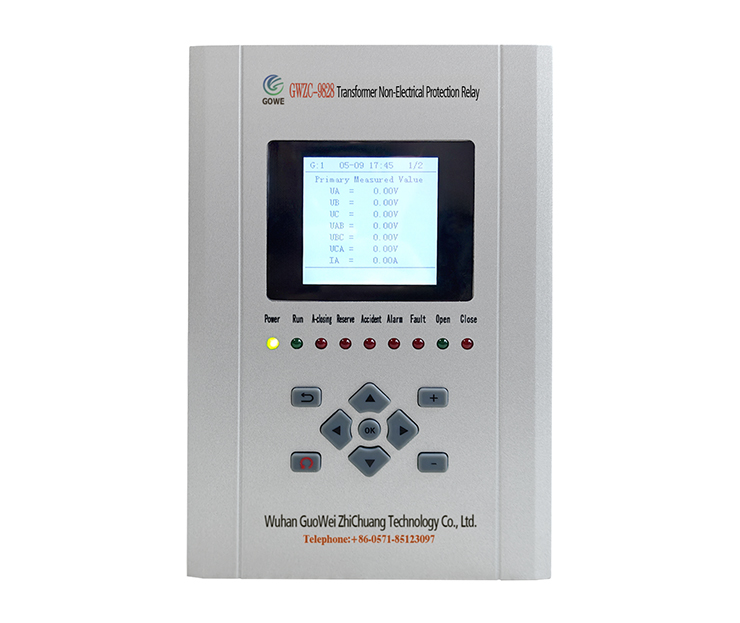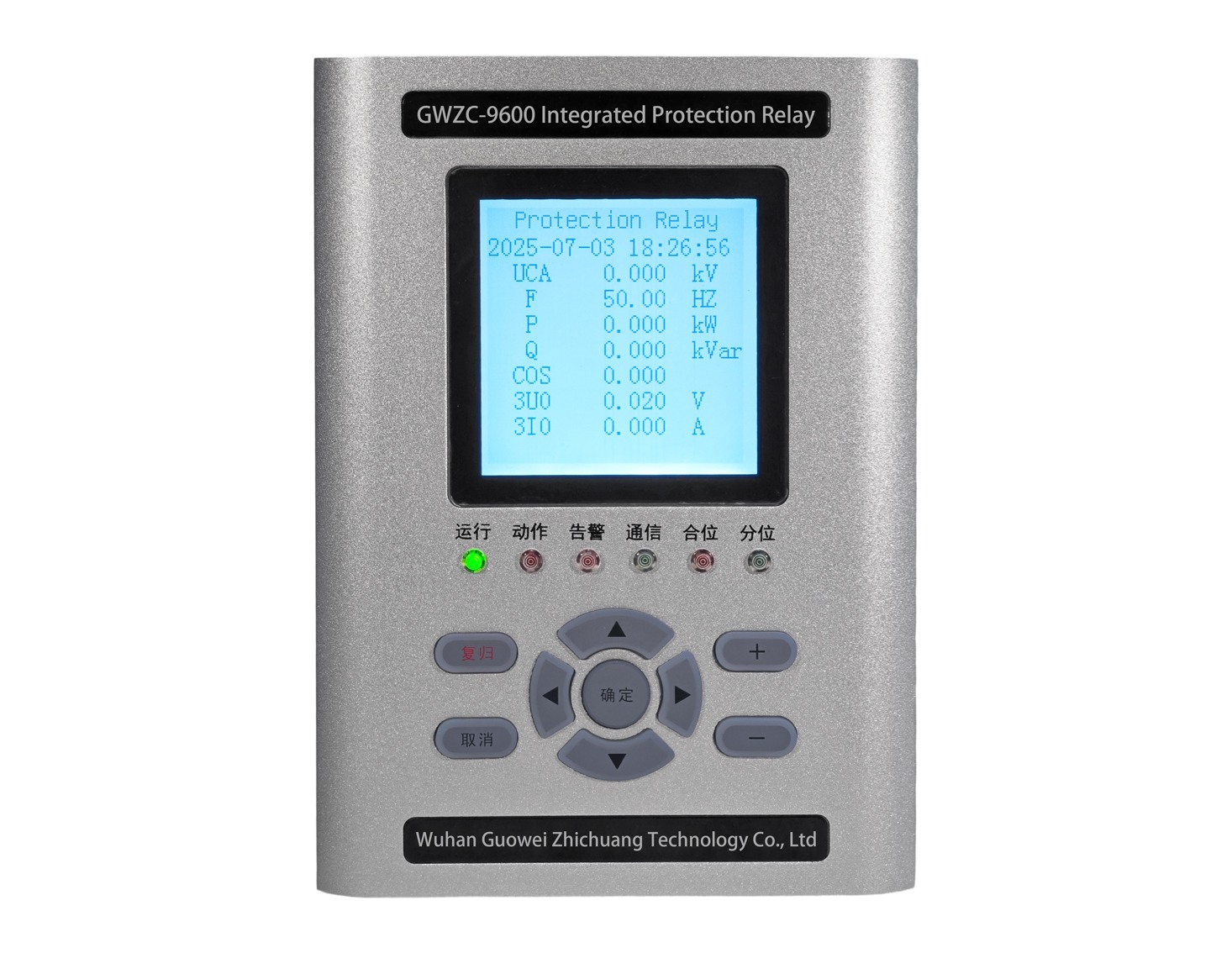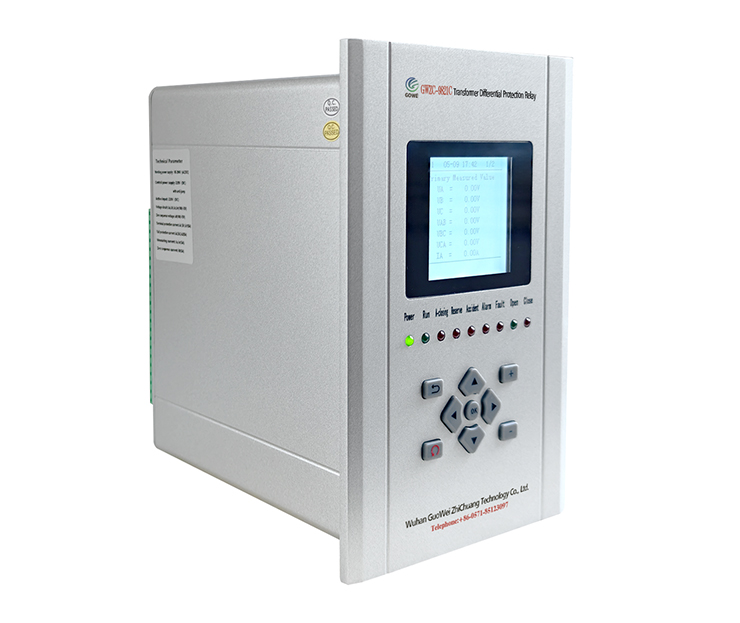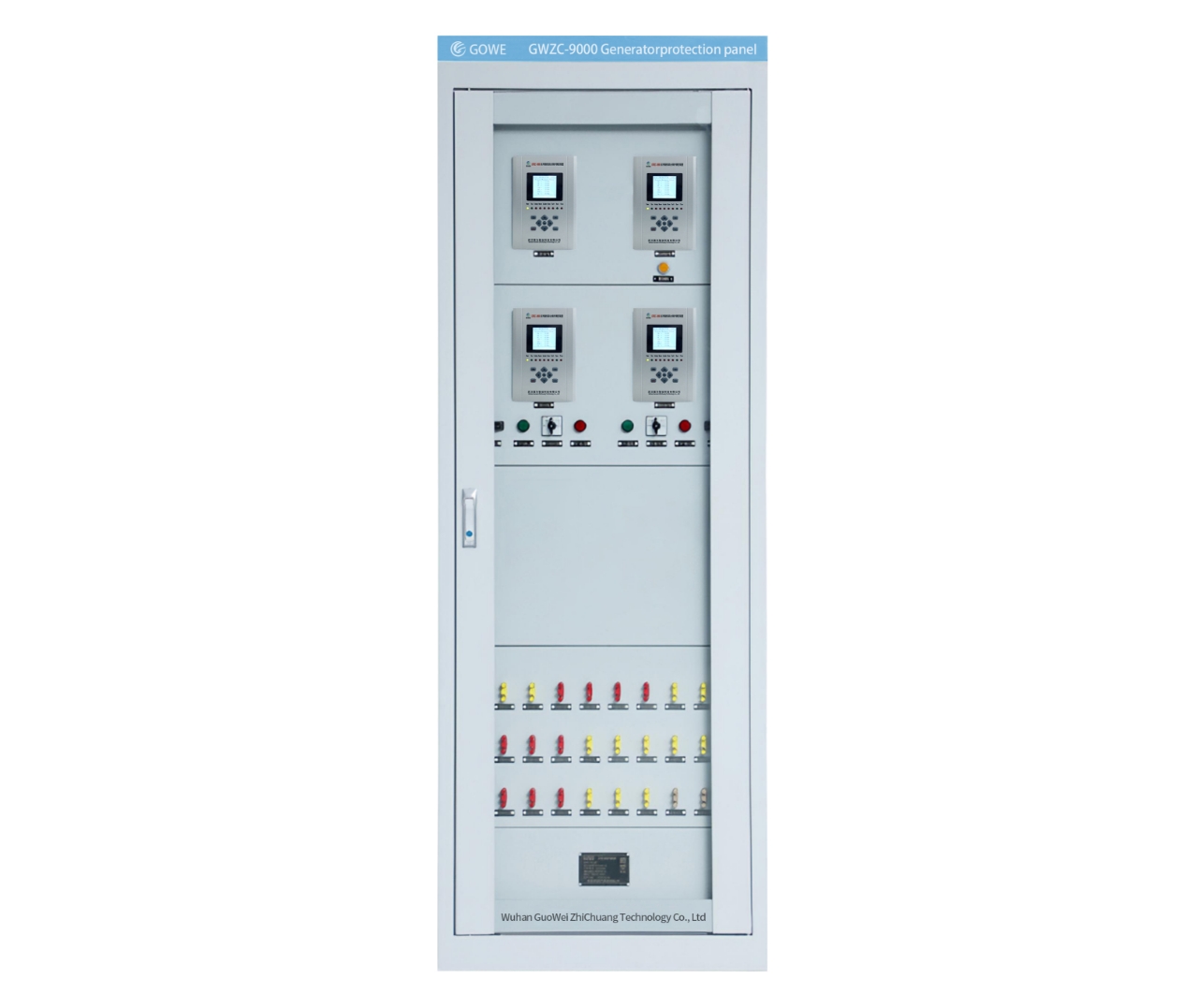Introduction
Transformer protection relay is critical for maintaining power system reliability. A well-designed transformer protection configuration must balance speed, selectivity, and sensitivity to prevent equipment damage and outages. Primary protection (e.g., differential and gas protection) acts instantly for internal faults, while backup protection (e.g., overcurrent, zero-sequence) provides redundancy for extended coverage. This guide covers key principles, settings, and coordination to optimize transformer protection schemes for different transformer types and voltage levels.
1. Basic Configuration Principles
- Primary protection takes priority: Differential and gas relays must respond first to internal faults.
- Backup protection ensures full coverage: Overcurrent and zero-sequence schemes protect adjacent equipment if primary protection fails.
- Non-electrical protection is essential: Gas, pressure, and temperature relays complement electrical protections.
2. Primary Protection Setup
- Differential protection: Mandatory for transformers ≥10MVA, with harmonic restraint to avoid inrush misoperation.
- Gas protection (Buchholz relay): Triggers alarms (minor faults) or trips (severe faults) in oil-immersed transformers.
3. Backup Protection Setup
- Overcurrent protection: Voltage-restrained or directional overcurrent for selective fault isolation.
- Zero-sequence protection: Neutral grounding determines the scheme (direct = overcurrent; gap = overvoltage + overcurrent).
4. Special Transformer Protections
- Autotransformers: Require additional zero-sequence protection for common winding faults.
- Dry-type transformers: Rely on differential protection and temperature monitoring.
5. Coordination & Settings
- Differential settings: Minimum pickup = 0.2–0.5× rated current; restraint ratio = 0.3–0.6.
- Time grading: Backup delays must exceed primary protection + breaker time (e.g., 0.3–0.5s margin).
6. CT/PT Requirements
- Differential CTs: Identical ratios and dedicated cores to avoid imbalance.
- Zero-sequence CTs: Polarized toward the transformer neutral.
7. Example: 110kV Oil Transformer Protection
- Primary:Differential + Gas (Buchholz)+Instant trip
- Backup HV:Directional Overcurrent+Delayed trip
- Backup LV:Voltage-Restrained Overcurrent+Delayed trip
- Neutral:Zero-Sequence (direct/gap)+Trip/alarm
8. Key Considerations
- Inrush restraint: Prevent false trips during transformer energization.
- CT saturation: Mitigate with high-impedance differential or digital relays.
- Redundancy: EHV transformers (e.g., 500kV) need dual primary protections.
By following these transformer protection configuration principles, engineers can ensure fast fault clearance, minimize downtime, and enhance grid resilience.

